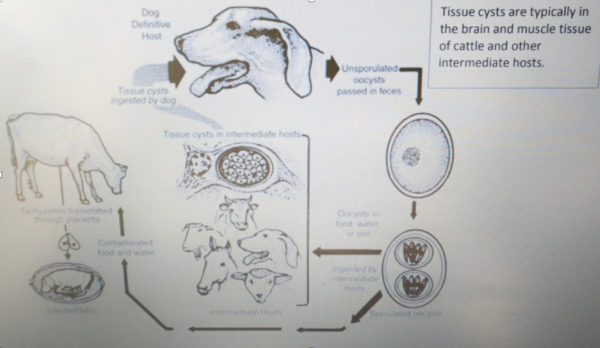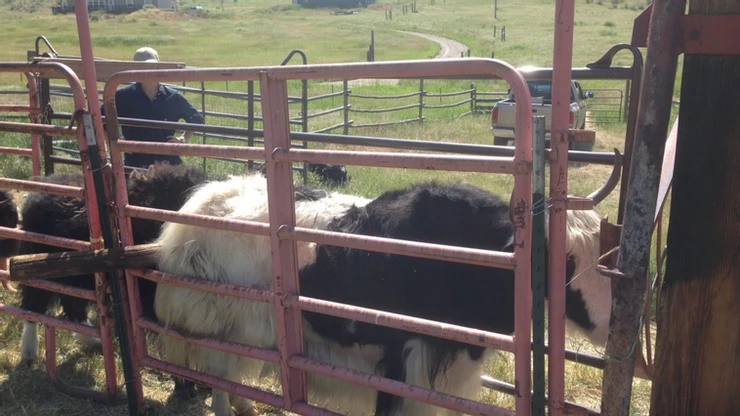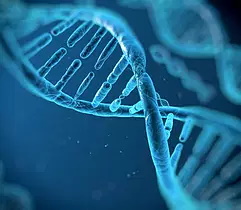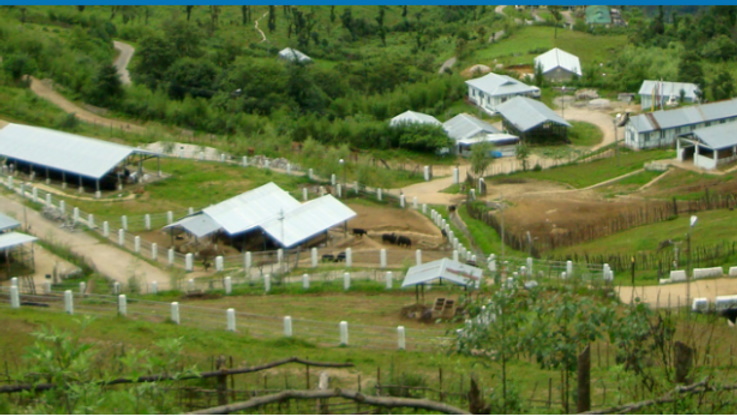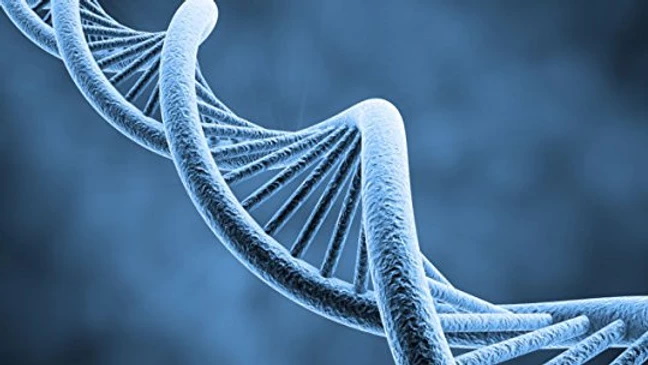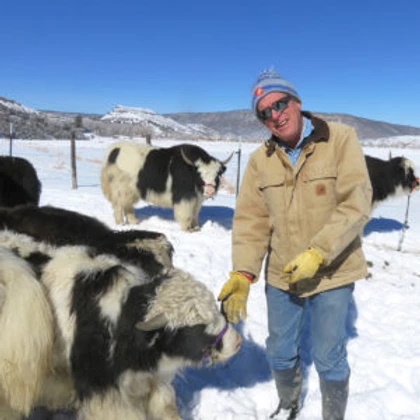When a cow is called “pregnant” but turns up “open”- Could Neospora caninum be to Blame? Dr. Michelle Arnold, DVM (UK Ruminant Veterinarian, US YAKS Science and Health Committees “Neosporosis” is caused by a single celled protozoan parasite called Neospora caninum and is a major cause of abortion and weak calves in cattle across the… Continue reading Cow Turns up open
Blog
Developing Yak Weight Gain Data
By Gregor Dike One of the key overall measurements of a beef production operation is the weight gain per day of its heifers, steers and bull calves. Simply put, the better the growth per day, the better the program (forage and genetics), the greater the profit. Beef producers know the numbers for their cows and… Continue reading Developing Yak Weight Gain Data
Tracking Abnormal Calves
Dear USYAKS member, Physical and functional abnormalities are present in all breeds. The full disclosure of genetic abnormalities is useful information to the membership, as it allows breeders to minimize the impact of any problems or eliminate the defect from the breed. In general, congenital defects in livestock are not indicators of poor herd stewardship.… Continue reading Tracking Abnormal Calves
Visit to the National Research Center on Yak, in Dirang, Arunachal Pradesh, India
By: Peter Hackett and Ruth Higdon On March 7th 2016 we flew from Delhi to Guwahati, in Assam State, where we hired a car and driver and in two days of treacherous driving reached the small town of Dirang. The Brahmaputra River separates Assam State from the state of Arunachal Pradesh, which is a special… Continue reading Visit to the National Research Center on Yak, in Dirang, Arunachal Pradesh, India
Answers About Yak Genetics
BY: Peter Hackett, MD Q) What is genetic testing? Genetic tests analyze segments of an animal’s DNA, usually genes. DNA comes in two types, nuclear DNA and mitochondrial DNA. Mitochondrial DNA consists of only a few genes, and only governs how cells convert nutrients into energy. When people talk about DNA they are almost always… Continue reading Answers About Yak Genetics
Yak facts: Did You Know?
By Dr. Peter Hackett -Yaks have 30 chromosomes, 20,000 genes, and over 3 billion base pairs in their DNA-Yaks descended from a common ancestor of cattle, bison, banteng and gaur-Yaks genetically diverged from cattle 4.9 million years ago-Yaks were domesticated on the Tibetan Plateau about 7500 years ago-This permitted human expansion in that area-Domestication may… Continue reading Yak facts: Did You Know?
USYAKS Helps With Genetics Discovery
Pictured on the dais are the researchers involved in this work: Drs. Edward S. Rice, Jessica Petersen, Theodore Kalbfleisch, Tim Hardy and Peter Hackett. Not pictured are Drs. Timothy Smith, Michael Heaton and Sergey Koren. Scientists Construct New Yak Reference Genome San Diego, January 16, 2019 Scientists, led by Dr. Timothy Smith of the USDA,… Continue reading USYAKS Helps With Genetics Discovery
The Brokpa Yaks: A Dying Breed?
Climate change is affecting yaks and their Brokpa herders in the northeastern Indian Himalayas.By Bikash Kumar Bhattacharya Yaks’ extensive presence in the snow-clad alpine and subalpine Himalayas makes the landscape look like a crumpled white sheet punctuated with shaggy black dots. And, in the cradle of these mountains, depending entirely on yak produce — milk,… Continue reading The Brokpa Yaks: A Dying Breed?
Reproduction in female yaks (Bos grunniens) and opportunities for improvement
Click below to read the original article
Is the yak (Poephagus grunniens L.) really a seasonal breeder?
Click below to read the original article

